How to install Linux CentOS 7.7 system through VMware
How to install Linux CentOS 7.7 system in Vmware, and it is a minimal installation. Afterwards, make necessary configuration changes and realize basic optimization. Finally, take a snapshot.
Install Linux CentOS 7.7
Installation requirements: The installed virtual machine is used for the server, so the installation should be minimized, no redundant software, and no graphical interface.
How to create a virtual machine see: "VMware How to Create a Virtual Machine and Set Virtual Machine Network"
Start the virtual machine
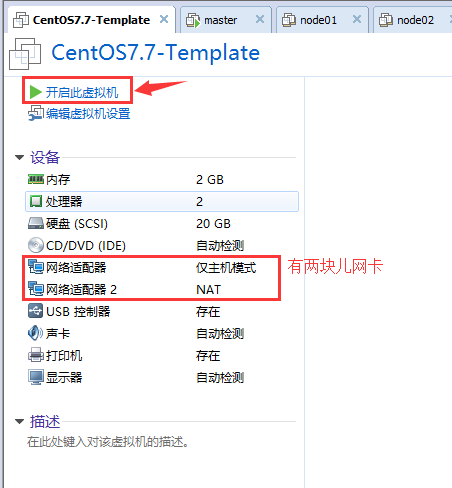
Install CentOS 7
Choose (by up and down keys to switch options) the first one, install CentOS 7

Keyboard and language selection##
Select the keyboard mode, select the language and the country where the language is located (for example: American English, British English, Indian English, Australian English, Canadian English, etc.)
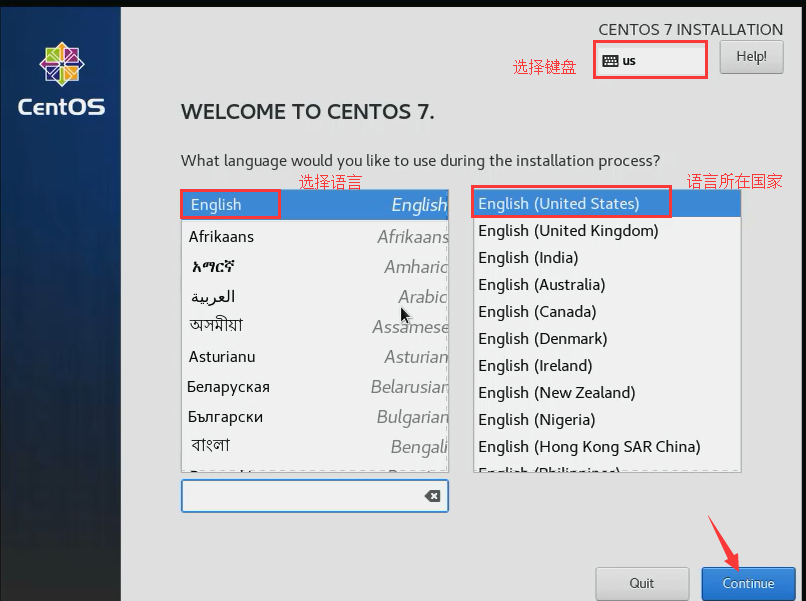
Choose time zone##
Choice: Asia/Shanghai
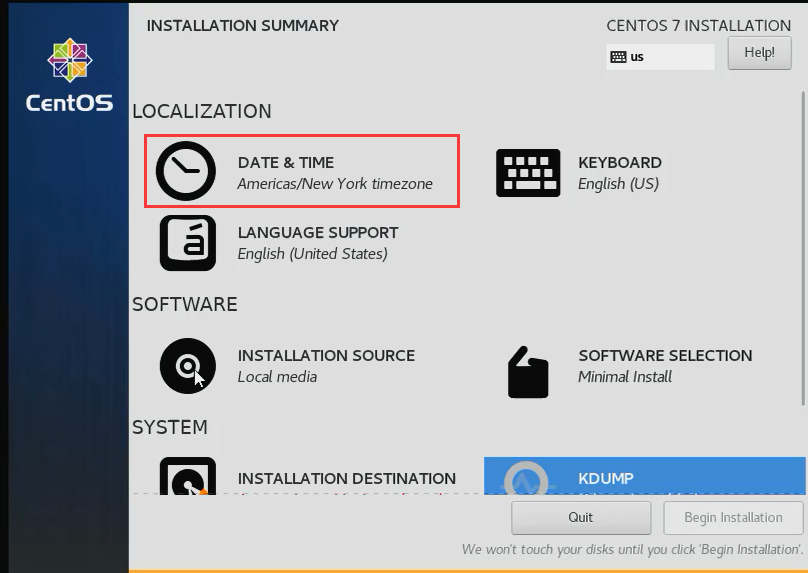
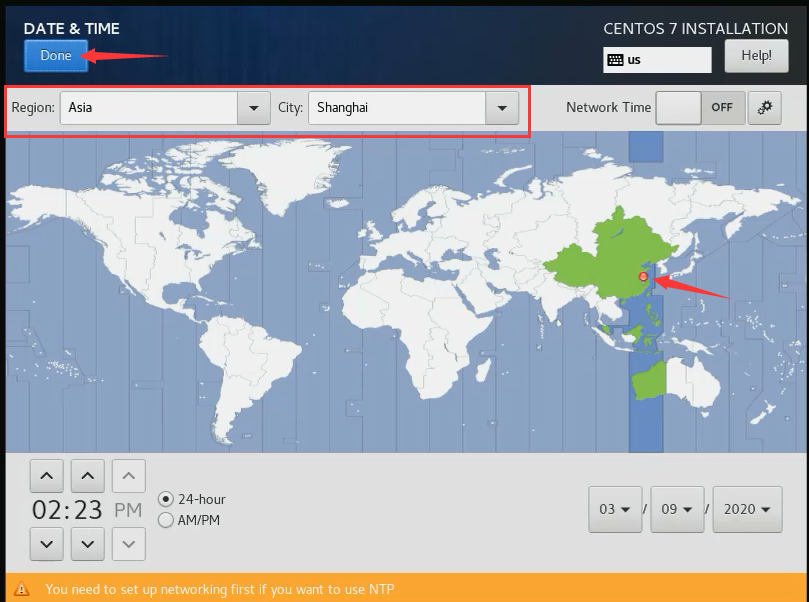
Software Installation##
Minimal installation

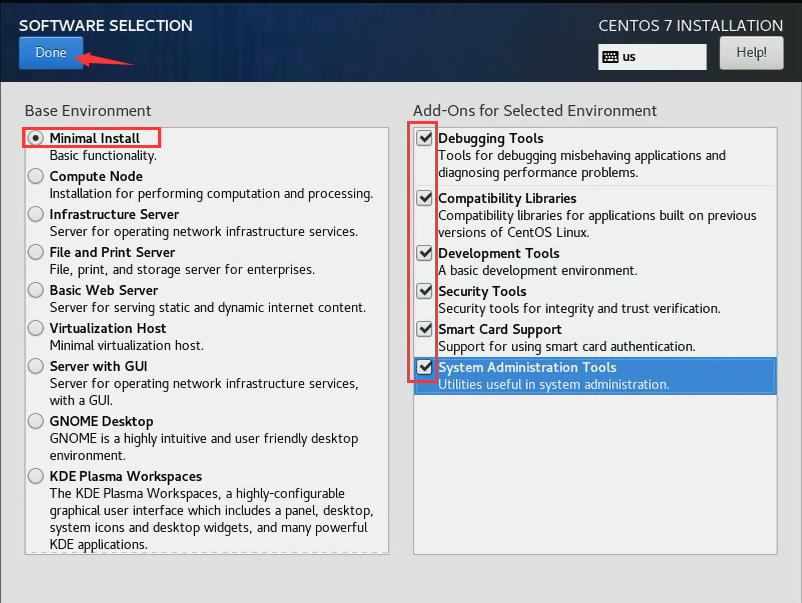
disk partition##
Partition manually by yourself
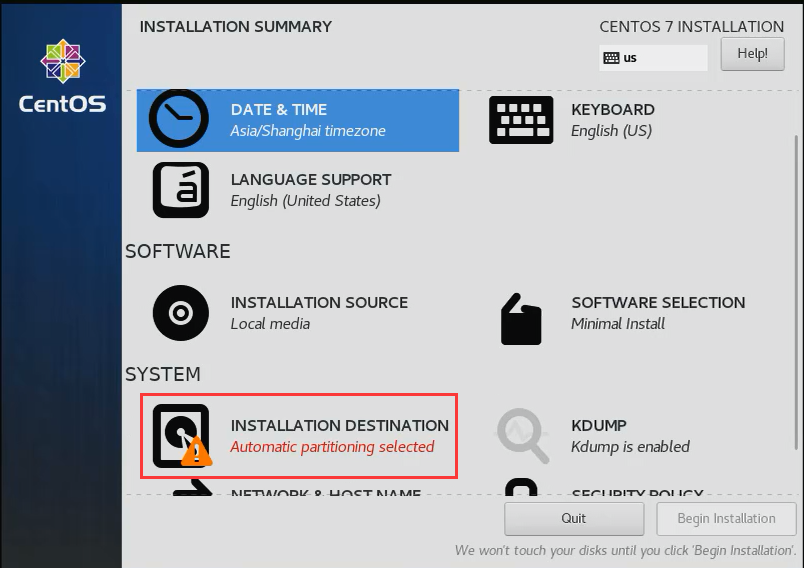
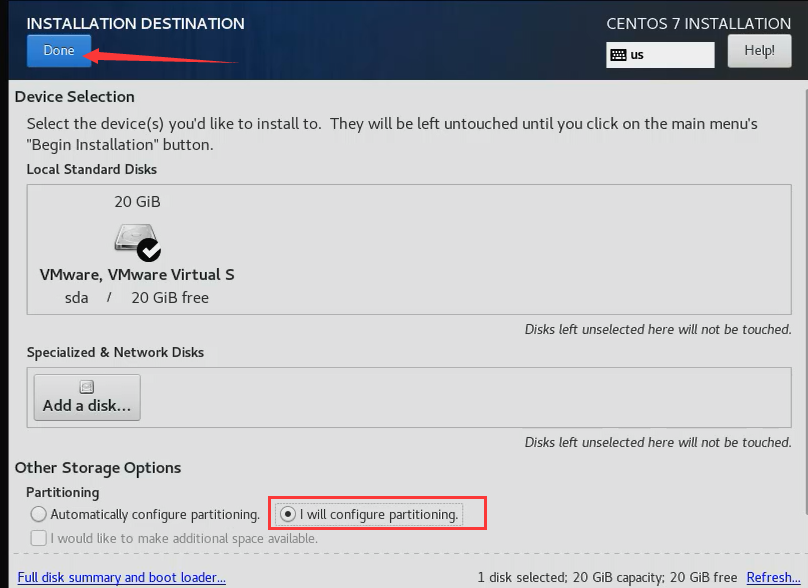
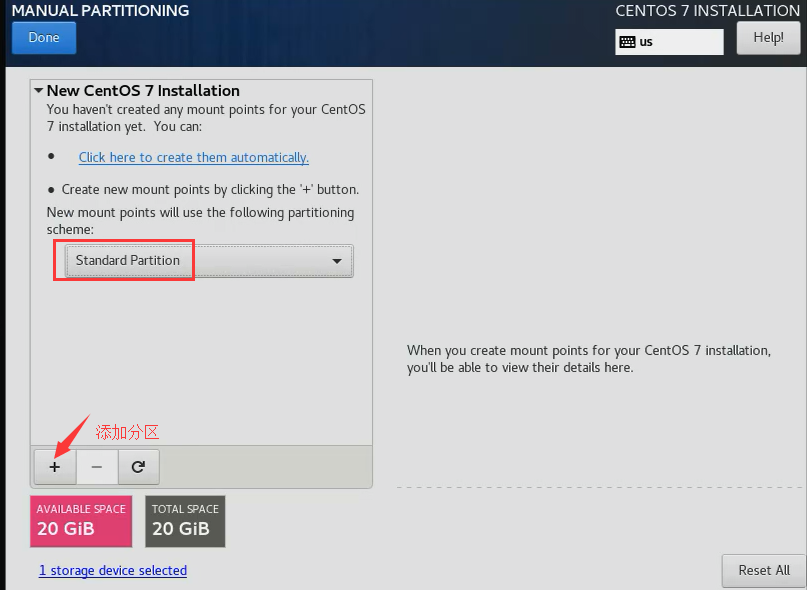
/boot partition disk size allocation

/ Root partition disk size allocation

Results after partition

Partition effective

Install the system and set the root password##
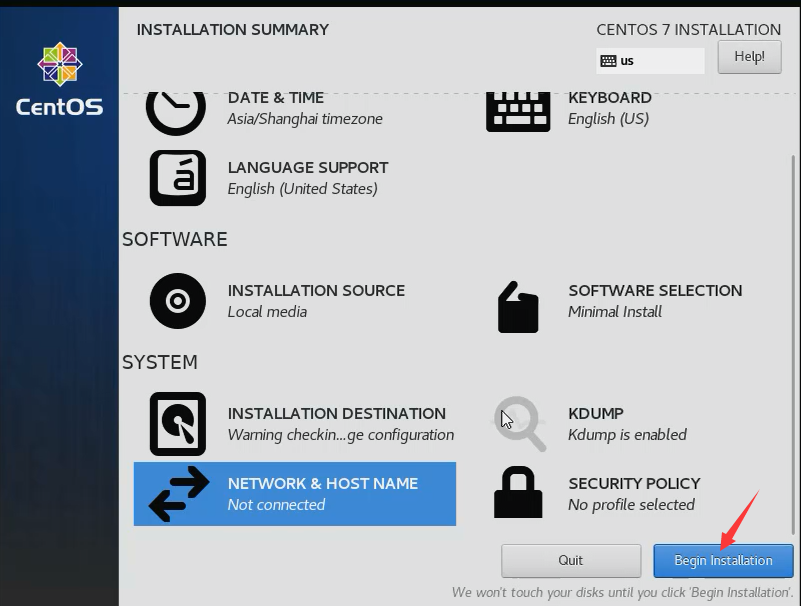
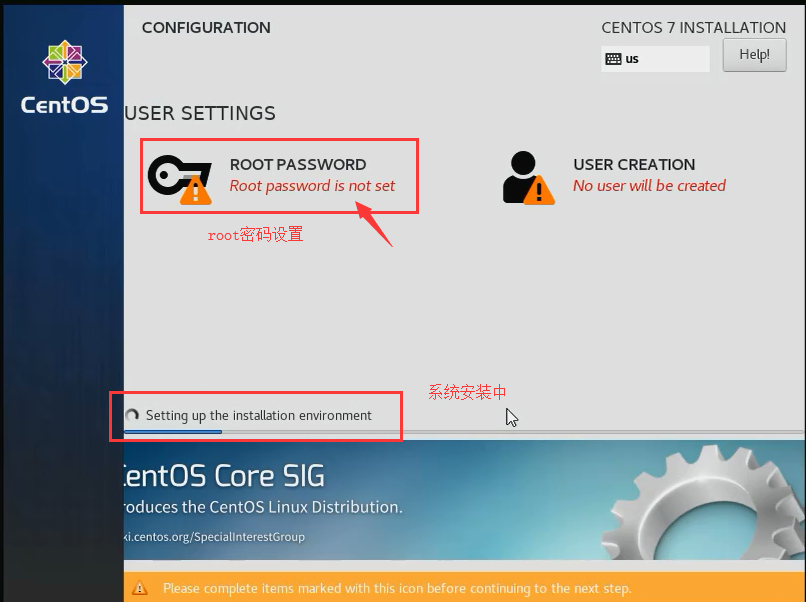

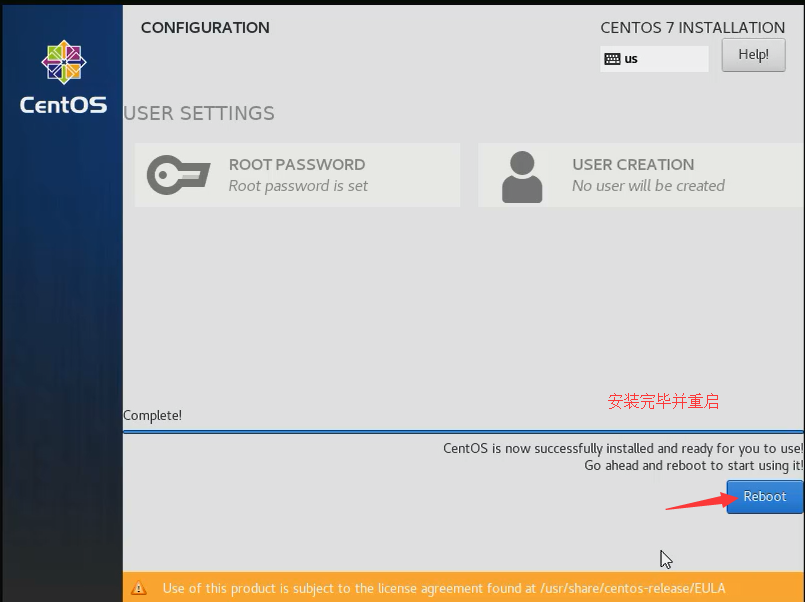
System configuration modification#
Note: After installation, there is no ifconfig command
Host name modification##
Don't use the default hostname
1[ root@localhost ~]# vim /etc/hostname
2 zhang
3[ root@localhost ~]# hostname zhang
After the operation is complete, log in again and you will find that the hostname has been changed.
Network card modification##
The default network card name is not eth0, eth1. So it needs to be modified.

Modify the grub file and take effect###
Modify the /etc/default/grub file and add in the variable GRUB_CMDLINE_LINU: net.ifnames=0 to disable the new naming rule.

1[ root@zhang ~]# cat /etc/default/grub
2 GRUB_TIMEOUT=53 GRUB_DISTRIBUTOR="$(sed 's, release .*$,,g' /etc/system-release)"4 GRUB_DEFAULT=saved
5 GRUB_DISABLE_SUBMENU=true6 GRUB_TERMINAL_OUTPUT="console"7 GRUB_CMDLINE_LINUX="net.ifnames=0 crashkernel=auto spectre_v2=retpoline rhgb quiet"8 GRUB_DISABLE_RECOVERY="true"
After saving, we need to regenerate the grub configuration file and update the kernel parameters. For this we need to run:
# grub2-mkconfig -o /etc/grub2.cfg #The result is as follows

Rename the network card name and modify the file configuration###
Network card rename
1 # cd /etc/sysconfig/network-scripts/2 # mv ifcfg-ens33 ifcfg-eth0
3 # mv ifcfg-ens37 ifcfg-eth1
eth0 (intranet) modified file content
1[ root@zhang network-scripts]# cat ifcfg-eth0
2 DEVICE=eth0
3 TYPE=Ethernet
4 ONBOOT=yes
5 NM_CONTROLLED=yes
6 BOOTPROTO=none
7 IPV6INIT=yes
8 USERCTL=no
9 IPADDR=172.16.1.10010 NETMASK=255.255.255.0
eth1 (external network) modified file content
1[ root@zhang network-scripts]# cat ifcfg-eth1
2 DEVICE=eth1
3 TYPE=Ethernet
4 ONBOOT=yes
5 NM_CONTROLLED=yes
6 BOOTPROTO=none
7 IPV6INIT=yes
8 USERCTL=no
9 IPADDR=10.0.0.10010 NETMASK=255.255.255.011 GATEWAY=10.0.0.212 DNS1=223.5.5.513 DNS2=223.6.6.6
Remarks:
- The IPADDR of eth1=10.0.0.100 here is used as an external network IP. Since it is a virtual machine created by VMware on a personal computer, there will be no real public network IP configuration. Therefore, the 10.0.0.0/8 network segment is used as the external network IP.
- GATEWAY=10.0.0.2 is set globally in the Vmware virtual machine. See: "VMware how to create a virtual machine and set up a virtual machine network"
- DNS1=223.5.5.5 and DNS2=223.6.6.6 are the DNS addresses of Alibaba Cloud.
- It is best not to use Google’s 8.8.8.8, because this foreign IP may be restricted.
# systemctl restart network.service
Restart the network card service, it will take effect.
ifconfig install##

It can be seen that the Internet is normal
How to install ifconfig command
1 # yum search ifconfig #Query which toolkit the command is in
2 # yum install -y net-tools
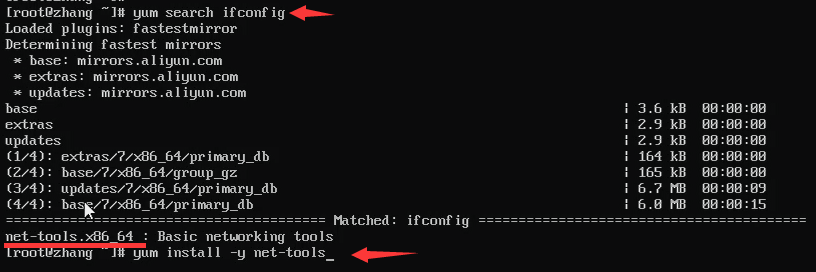
Execute ifconfig command

System basic optimization after installation#
1 # Related URL:
2 https://github.com/zhanglianghhh/system-install/blob/master/linux-CenetOS7/basedOptimi_7.sh
Specific optimization points:
- CentOS base mirror source and epel mirror source
- Turn off and disable selinux
- Close and ban the firewall protection wall
- Create an ordinary user and can escalate rights (the production environment is not allowed to log in directly with root)
- Time synchronization (synchronize with Alibaba Cloud's time server)
- How long does it take to disconnect and save history command records without any operation (the script is commented, please remove the comment as needed)
- Add aliases to some commands. Purpose: Display colors to make it easier to view information. Such as: alias grep='grep –color=auto'; alias ls='ls –color=auto' etc.
- Save the user's operation record to the system log. So if there is a problem, there are historical records to trace back
- System file handle number setting
- Kernel parameter optimization
- Hide system kernel parameters and set login welcome message
- SSH configuration optimization
- The necessary packages are installed. For example: bash-completion, lrzsz, sysstat, nmap, tree, telnet, dos2unix, nc, vim, etc.
Snapshot management [important★★★★★]
After completing the above steps, the entire Vmware Linux CentOS 7.7 deployment has actually been completed. But there is an important step that must be completed.
This virtual machine is used as a template, and other virtual machines are cloned from this virtual machine, and the cloned is the state of the virtual machine at the moment, and to ensure that the current state of the virtual machine can be restored even if it is changed . So we need to take a snapshot to save the current state of the virtual machine.
Shut down the client, in order to save disk space, so we shut down first, and then take a snapshot.

Choose snapshot management

Write the name and description of the snapshot. It must be meaningful, otherwise I don't know what it is after a long time.

Snapshot finished

Related Reading#
"VMware how to create a virtual machine and set up a virtual machine network""
complete!
———END———
If you feel good, pay attention (-^O^-)!
Recommended Posts